I’ve always been lost and not in a hurry to find my way. As a child, I accompanied my mother on grocery trips, wandering off until my mom would tie my hand with her long scarf or promise to give me candy if I didn't leave her side. The art of staying lost is an essential part of my multimedia performance practice. This theme of finding beauty while lost is intertwined with my life and career as an artist.
I was born in Saudi Arabia, and my family was deported back to Somalia. Shortly after, the Somali Civil War broke out, and our world was flipped upside down. My family and I experienced civil wars, droughts, famine, and refugee camps all before I was ten years old. What saved me was listening to my grandmother's storytelling at night. I listened to stories of humor, trickery, peace, brevity, and hope while the war raged on in our world. My illiterate grandmother's storytelling taught me that we’re more than our circumstances and if we can imagine it, then we can achieve it.
I create art out of my most painful experiences to connect communities, spark conversation, and create meaningful relationships between refugees and Americans.
Then, my family came to the United States to get a second chance at life. Growing up in the United States was a blessing in disguise amid many tribulations. We constantly moved, looking for better jobs and safer neighborhoods. I went to two middle schools, three high schools, and three colleges. Minnesota was the first place my family and I found true solace within a supportive community, seemingly ending our nomadic journey within the states.
I found my calling in life and chose a non-traditional career path as a Somali American female performance artist in the United States. As a working artist, I use storytelling to build understanding, empathy, and connection within my Muslim and greater American communities. My artwork is informed by my lived experience and that of my communities of Muslim, refugee, Black, and Somali immigrants. I create art out of my most painful experiences to connect communities, spark conversation, and create meaningful relationships between refugees and Americans.

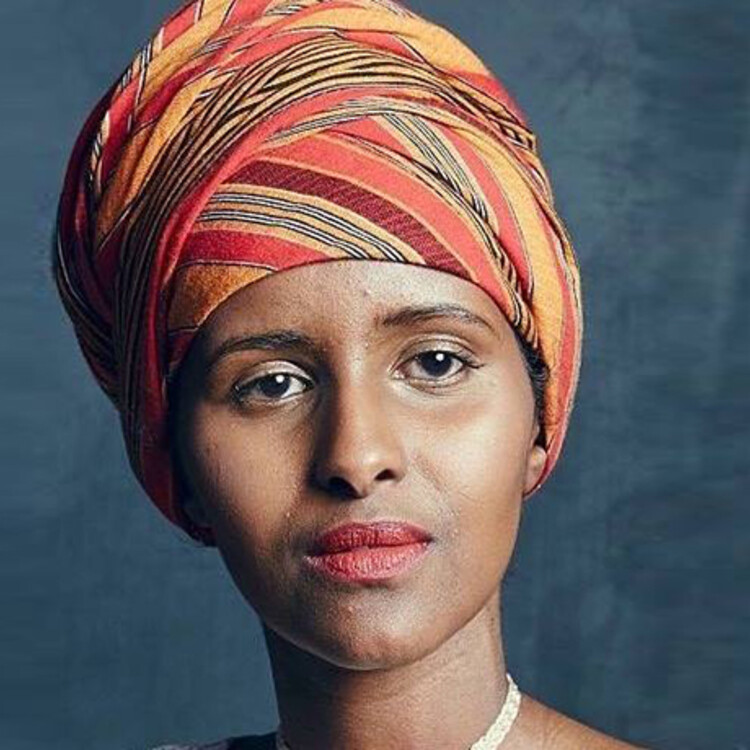
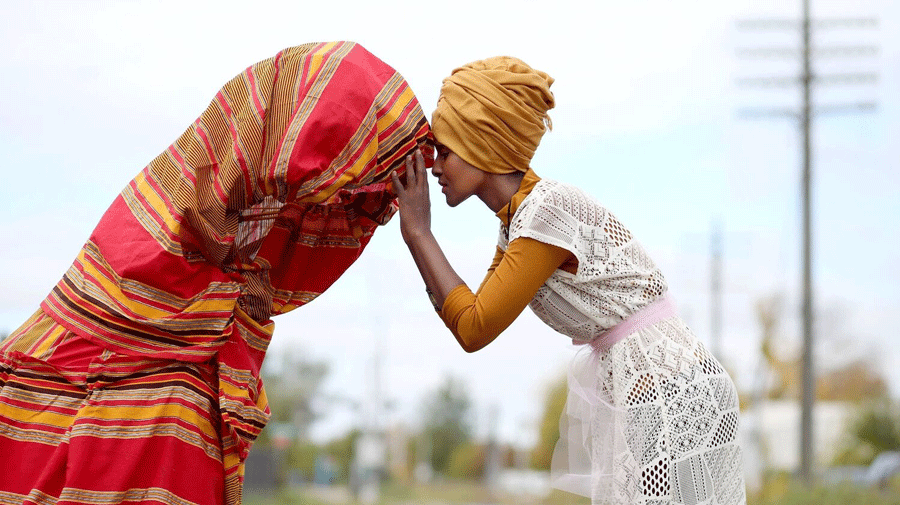
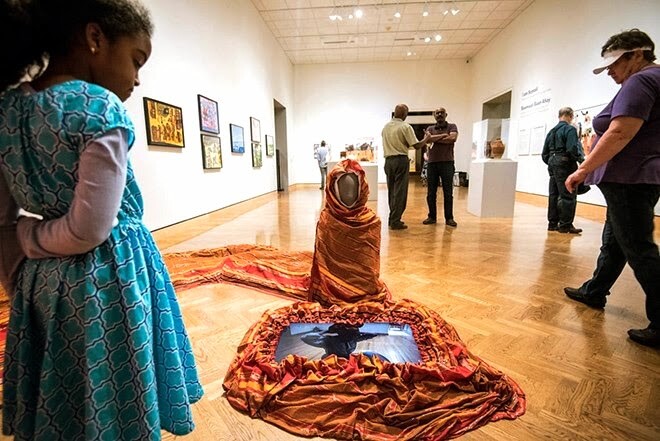
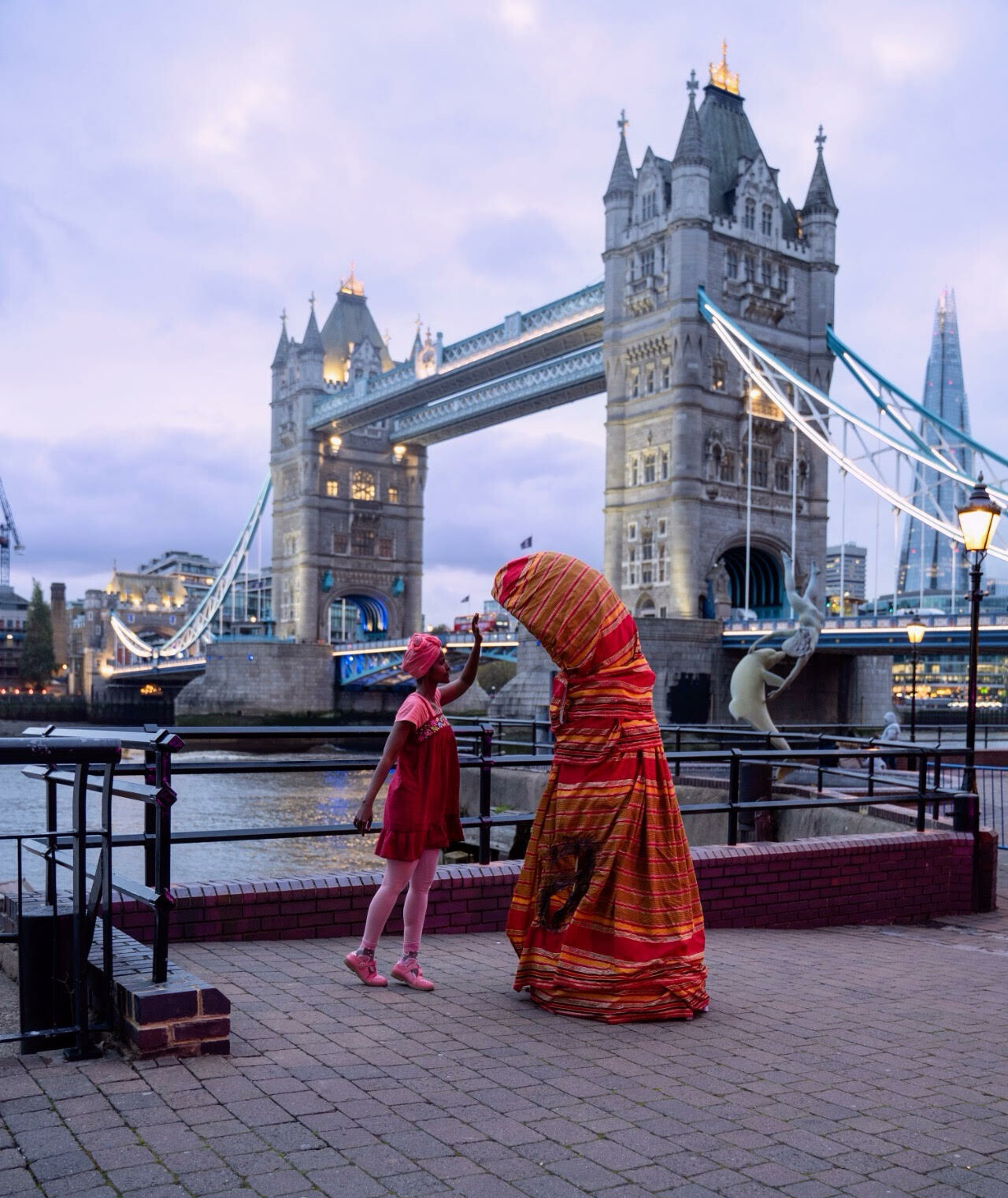
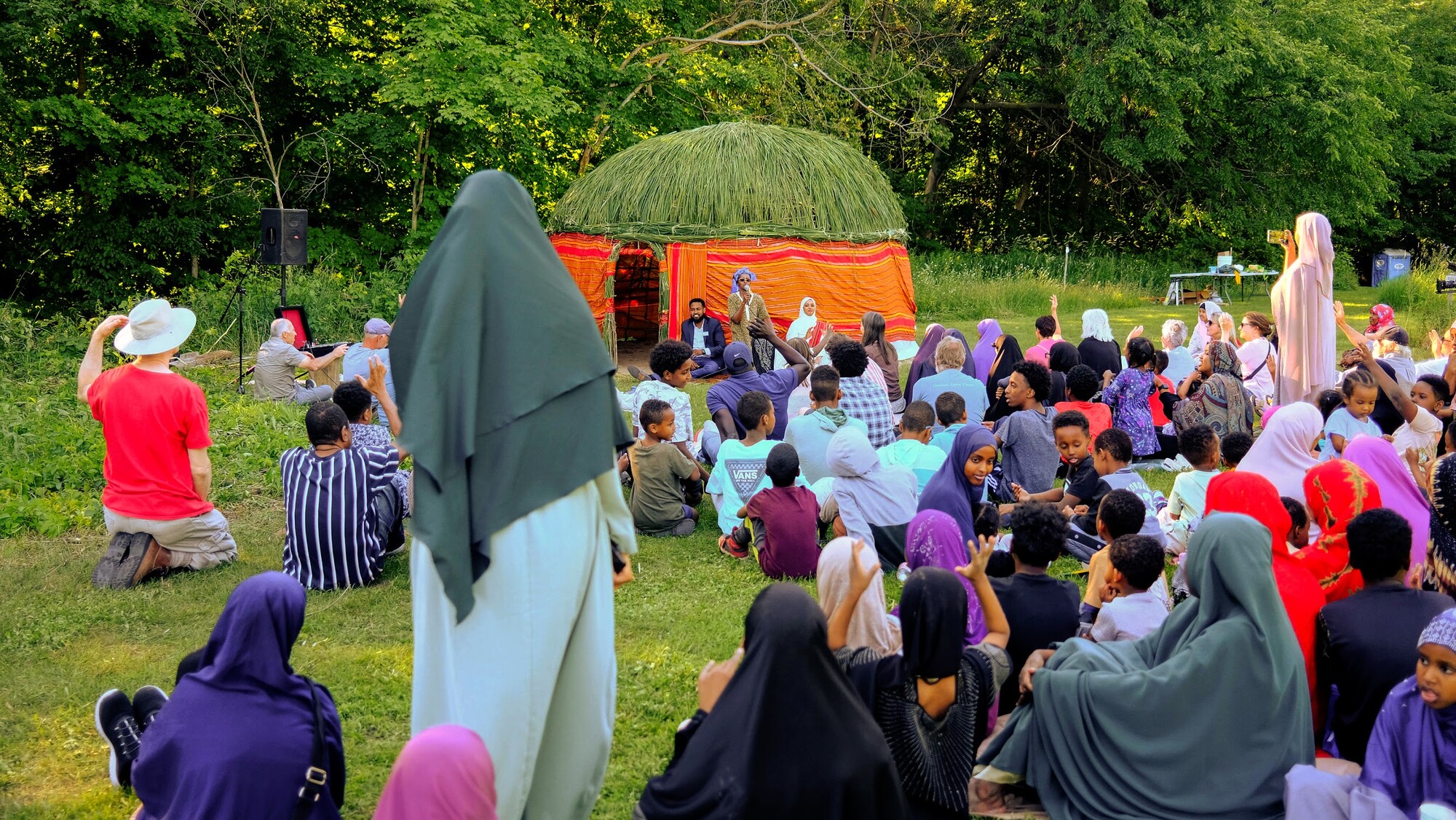
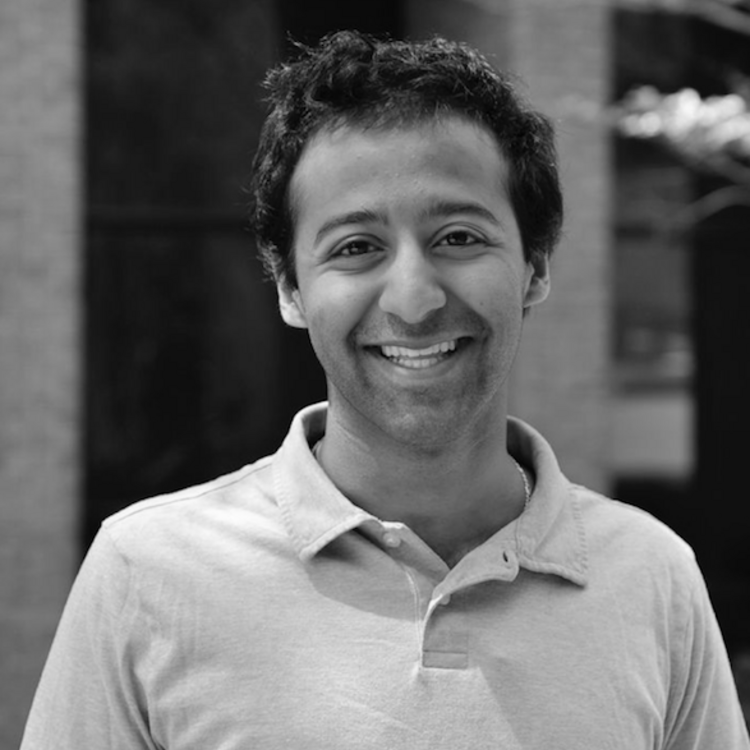
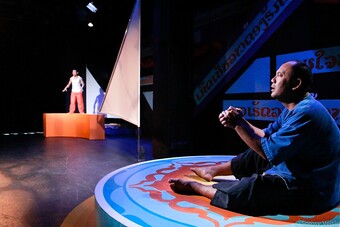





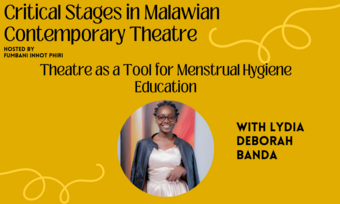


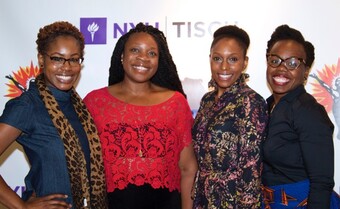

Comments
The article is just the start of the conversation—we want to know what you think about this subject, too! HowlRound is a space for knowledge-sharing, and we welcome spirited, thoughtful, and on-topic dialogue. Find our full comments policy here